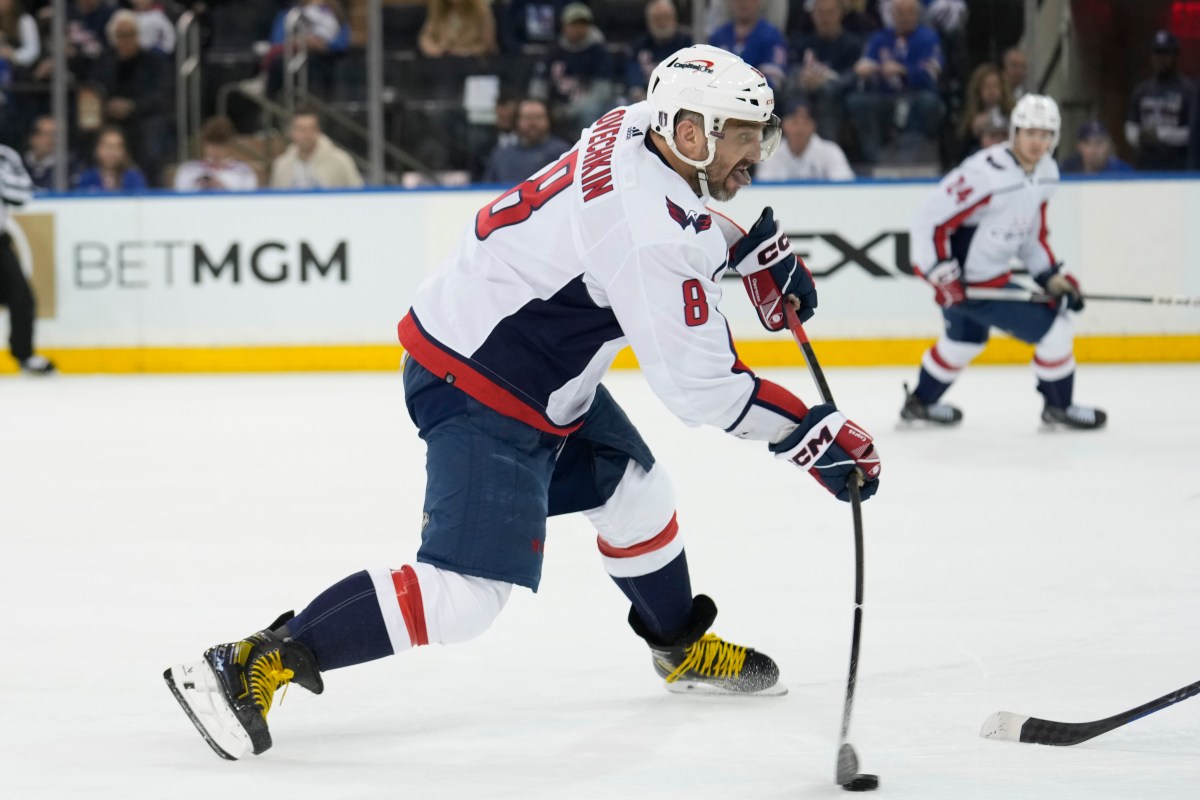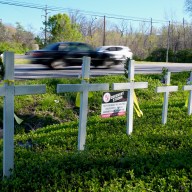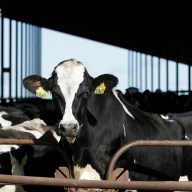An unlucky young snowy owl was rescued by local humans not once but twice this month, after it was found covered in oil, rehabilitated and ventured into a no-fly zone upon its release.
“The situation is quite uncommon,” wildlife technologist Jul Wojnowski said. “It was obviously a very inexperienced bird.”
The oil-soaked owl was first found and taken to the Wildlife Rehabilitation Society of Edmonton, where it was washed, tagged and released on Jan. 8.
Two weeks later, it re-appeared in a goshawk trap designed to keep birds off runways at the Edmonton International Airport.
Wojnowski, the airport authority’s resident wildlife expert, said the owl’s lack of hunting experience led it to the humane traps, which are baited with pigeons to lure in birds of prey.
“It’s not their typical hunting style,” he said. “It was probably pretty desperate for a meal.”
The capture and release effort is part of the airport’s ongoing sustainability initiatives, which officials began expanding beyond established regulatory guidelines in 2005.
“It’s about recognizing a balance between safety and environment,” said Diane Trenn, EIA vice-president of airport operation.
If caught in plane mechanics, Wojnowski said, not only will birds be killed, but they can cause engine failure and drop planes from the sky.
“It can happen, like in New York last January,” he said, citing the 2009 Hudson River plane crash.
Birds are regularly shooed away from the airfield by loud noises and streamers. But larger, predatory birds like owls pose greater risk to planes, and need to be lured into traps and released far from the airport, Wojnowski said.
Roughly a half-dozen great horned owls have been captured and released since fall, though the snowy owl was the first of its kind found in recent memory.
“We haven’t seen it back,” he said. “We hope it’s safe and doesn’t come back.”
















